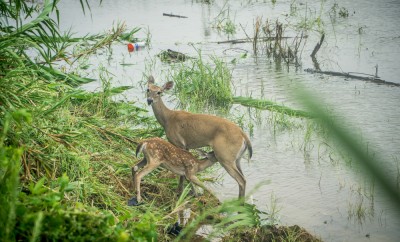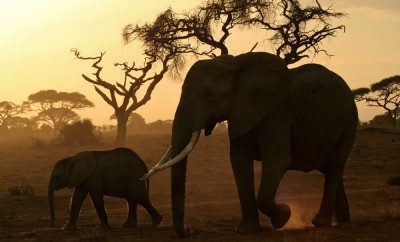Animals
Highlights from the world’s largest World Wildlife Conference

Image: Shutterstock/ex0rzist
If you didn’t know, yesterday was World Animal Day—a day that’s dedicated to raise the status of animals in order to improve welfare standards around the globe. The mission of World Animal Day is:
To raise the status of animals in order to improve welfare standards around the globe. Building the celebration of World Animal Day unites the animal welfare movement, mobilising it into a global force to make the world a better place for all animals. It’s celebrated in different ways in every country, irrespective of nationality, religion, faith or political ideology. Through increased awareness and education we can create a world where animals are always recognised as sentient beings and full regard is always paid to their welfare.
It’s no surprise then that the 17th World Wildlife Conference came to a close yesterday evening on World Animal Day. The Convention on International Trade in Endangered Species of Wild Fauna and Flora (CITES), a bi-annual convention that regulates wildlife trade and animal conservation, was held yesterday in Johannesburg, South Africa where more than 180 countries voted to maintain the international ban on trade in ivory and rhino horn, while adopting global bans on trade in pangolins and African grey parrots.
We went to World Wildlife Fund (WWF) to check out their incites on the matter. Here is what you need to know:
- Along with maintaining the international ban on trade in ivory and rhino horn, the conference also imposed strict regulations on the trade in silky and thresher sharks, devil rays, as well as on all species of rosewood tree.
“The world not only united behind the urgent need to protect threatened species, ranging from devil rays to rosewood trees, but also to bolster implementation and enforcement measures to ensure that trade regulations amount to more than ‘paper protection’,” explains Theressa Frantz, WWF Co-head of Delegation to CITES CoP17.
- Delegates also agreed to take a series of steps to “ramp up” global response to illegal and unsustainable wildlife trade. Along with all the other progress made at the conference, many countries decided to back the CITES-led National Ivory Action Plan (NIAP), which “identifies countries that are weak points in the illegal ivory trade chain, and is central to efforts to halt the ivory trade.”
- “This was the largest and most ambitious CITES conference, and in many ways the most successful,” said Frantz. “Countries around the world must now turn the tough talk we have heard here in Johannesburg into tough measures on the ground.”
- The conference also debated and adopted resolutions on many critical crosscutting issues in regard to illegal wildlife trade, including corruption and reduction of consumer demand for threatened wildlife and their parts.
- They discovered that new reports show no slowing down in illegal tiger trafficking.
- New reports also show that there is a severe drop in the African elephant population.





0 comments